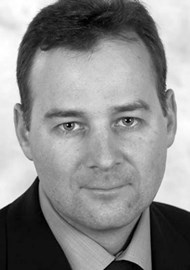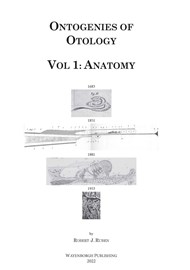Whilst there are few who are actively involved in the historical aspects of otology, there always seems to be great interest whenever I introduce the quirks of history into any of my talks. This book, I suspect, will very much mirror my experience; it will be an essential addition to the library of those passionate about the subject, but virtually all will find something that fascinates amongst the wealth of historical knowledge contained within.
Ontogeny is a biological concept describing the development of an organism. What the author has achieved is a very detailed description of the development of otology starting from prehistory and, in this volume, the focus is on otologic anatomy. It can be argued that our anatomy has been largely unchanged since prehistory but what is very evident from reading this book is how our understanding of anatomy has changed dramatically. This is not just a result of advances in technology but also from challenging the influences of classical teaching, faith, and superstition.
Part one of the book details those early influences and the slow introduction of science. I enjoyed reading Galen’s early considerations of the intra-temporal course of the facial nerve. The facial nerve canal was initially considered to be blind ending, since a straw of pig’s bristle passed down from the stylomastoid foramen could not be made to go through. Galen correctly confirmed that the bristle would not pass through because the channel was crooked and not blind ending. Every detail of the ear is covered with illustrations taken from the original texts including Falloppius, Eustachi and Willis. Taking the reader towards the 18th century are, amongst others, Du Verney, Malphigi, Valsalva and Morgagni, by which time a more detailed understanding of the anatomy of the inner and middle ear had been established.
Part two covers in detail the last two centuries of increasing anatomical understanding, much of which is related to advances in technology and the more detailed understanding of microscopic anatomy, especially of the inner ear.
The author has devoted much of his professional career to the study of the history of medicine and especially to otology, and this comprehensive text is a testament to that lifelong dedication. The principles of ‘good history’ the author espouses, especially the use of primary source, give the text validity and further contribute to its high value as a historical record. This is a highly researched, well referenced, and comprehensive text, and volume two is eagerly awaited.





